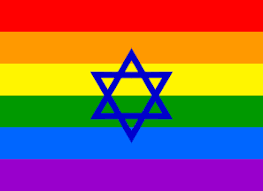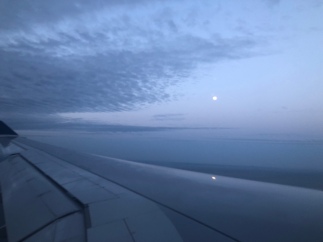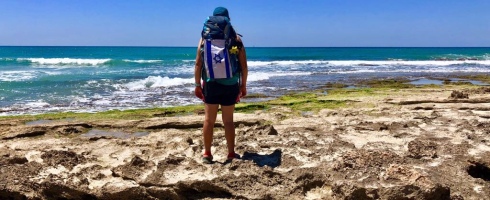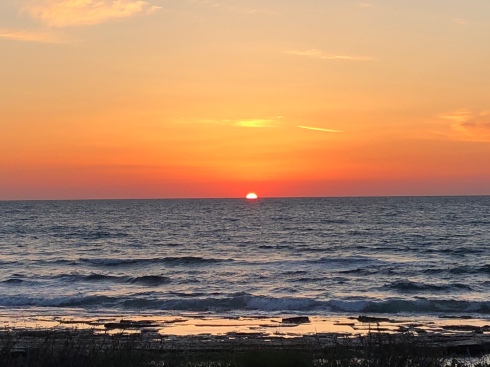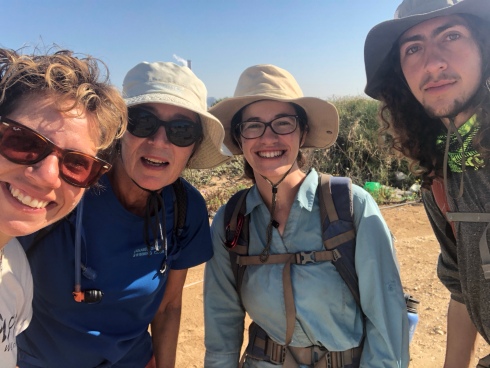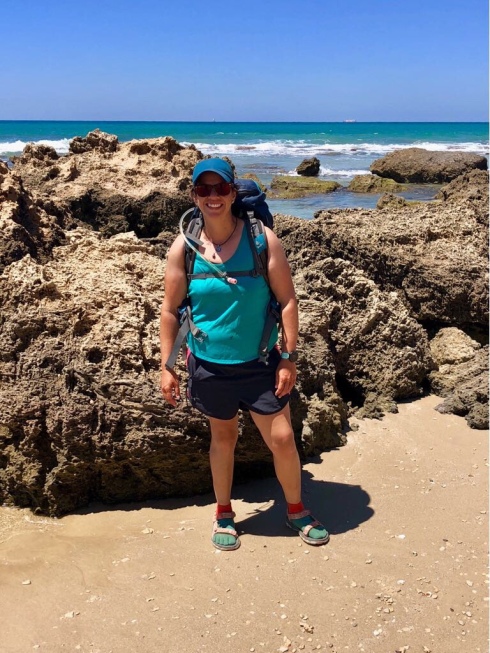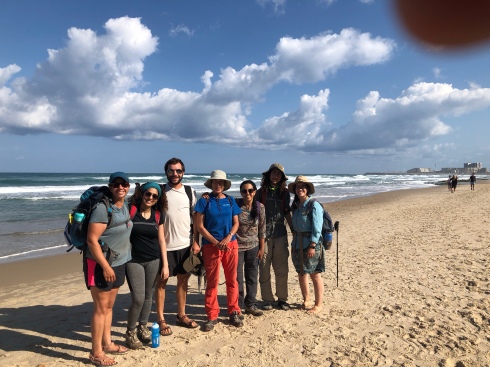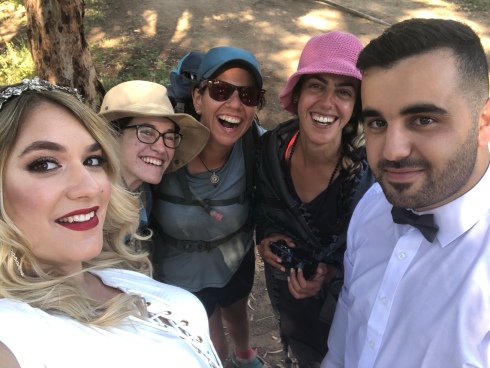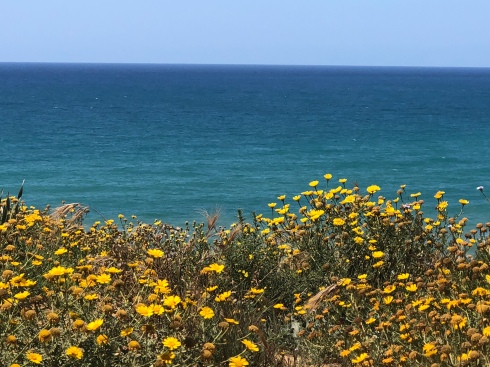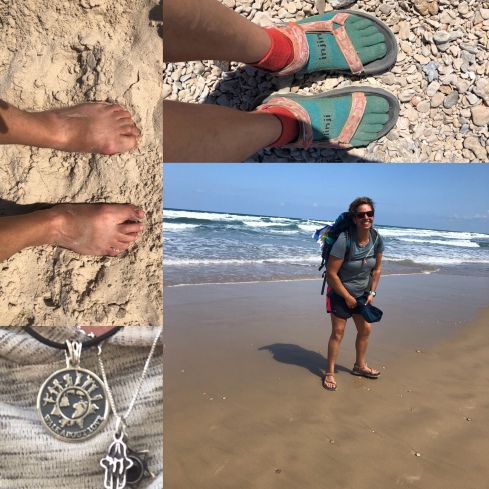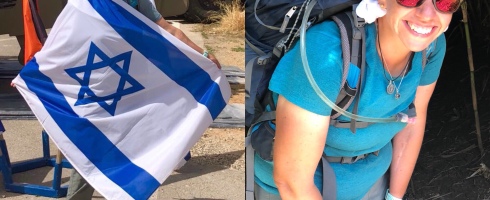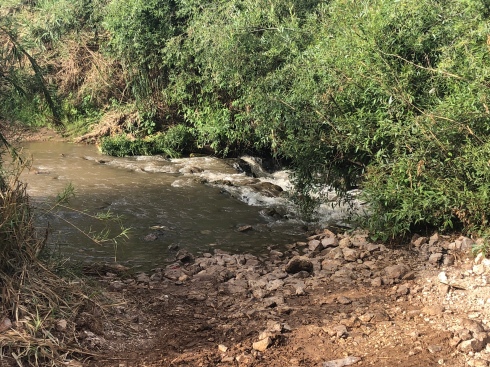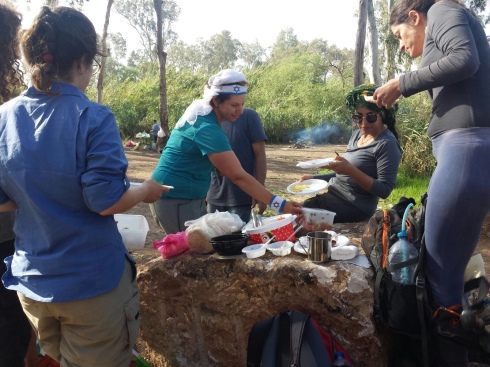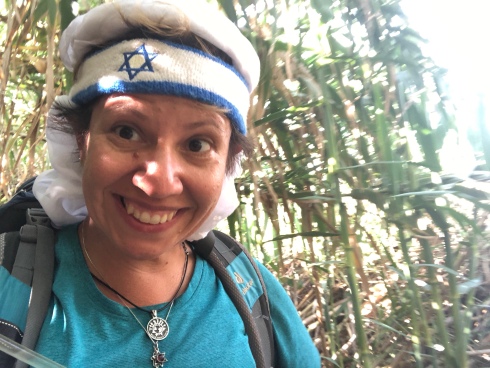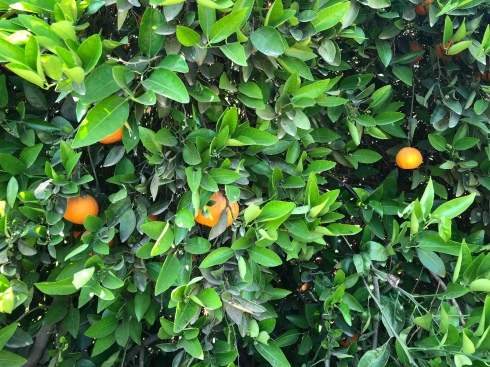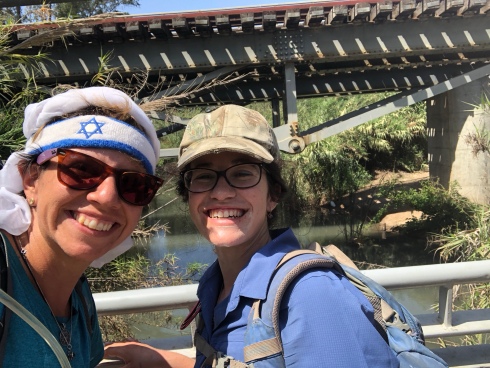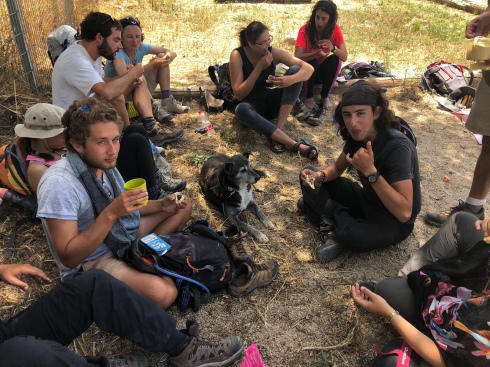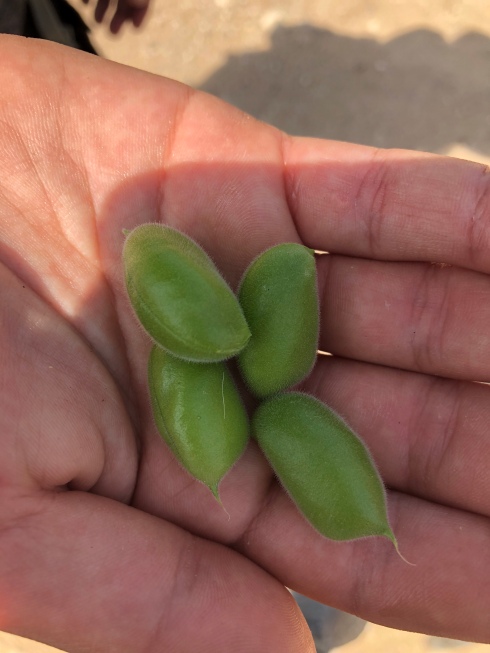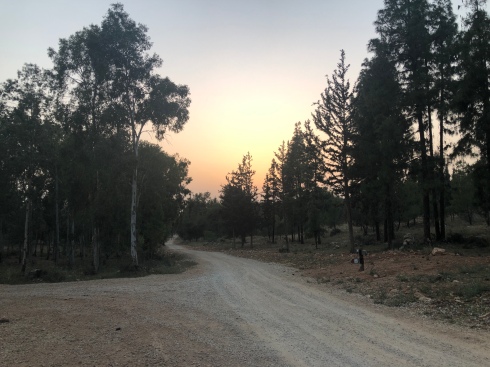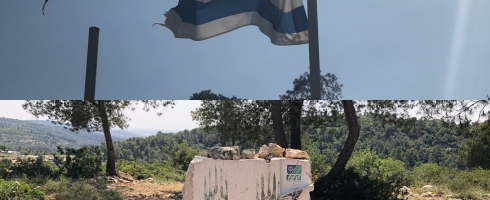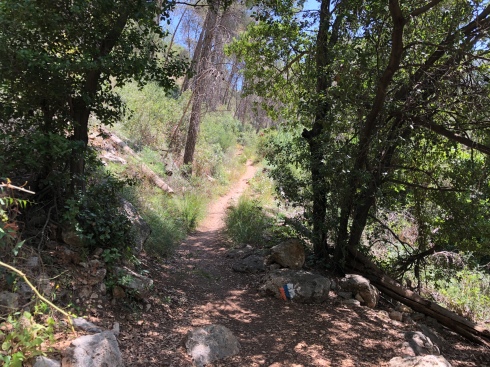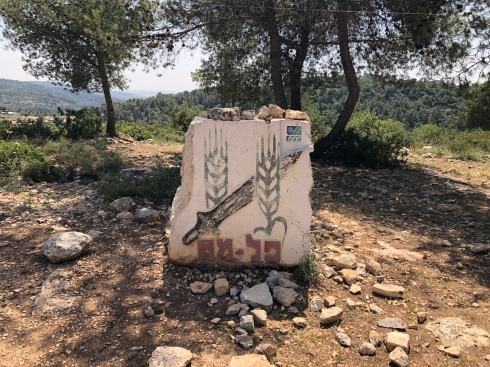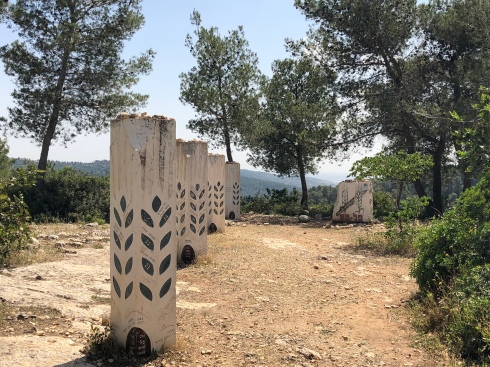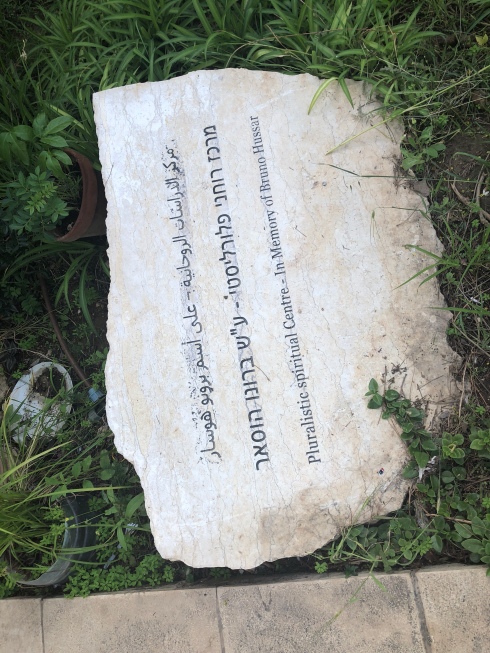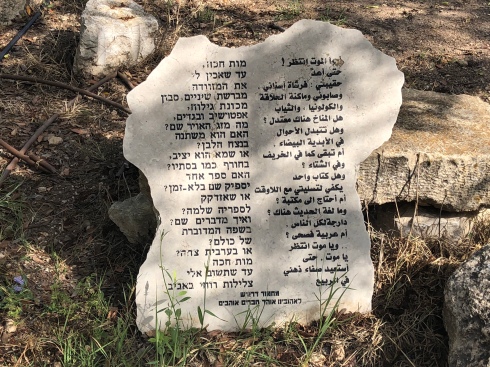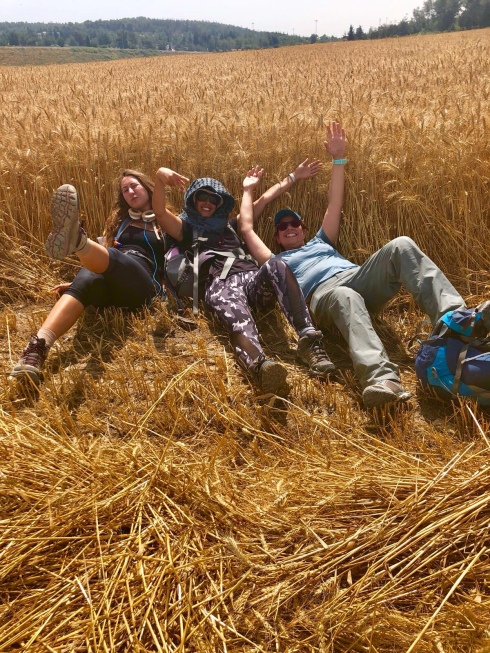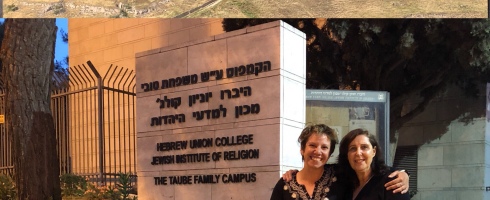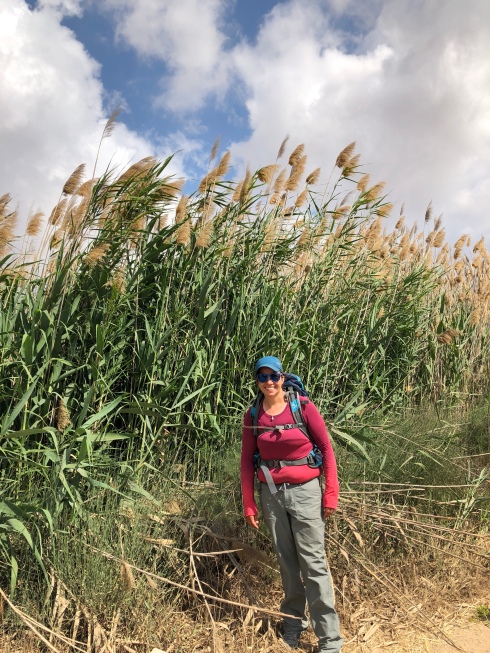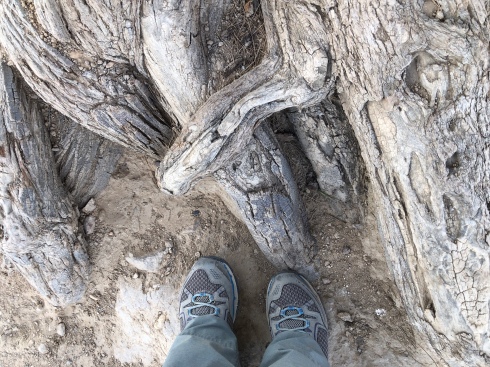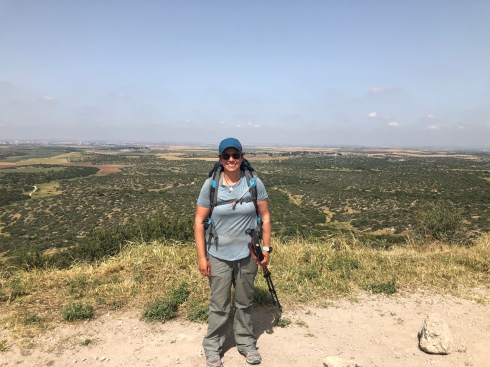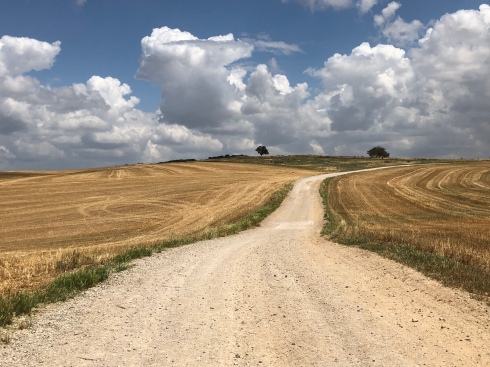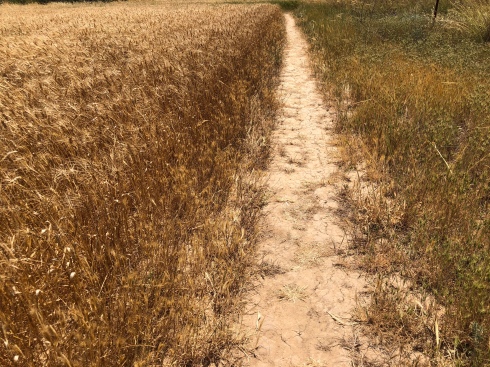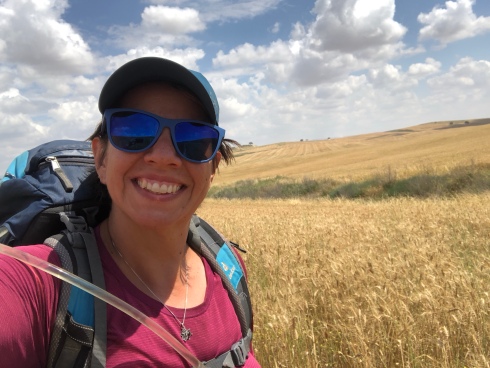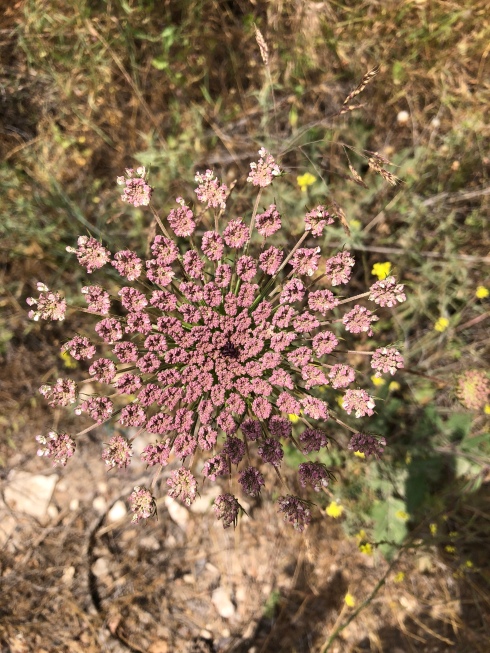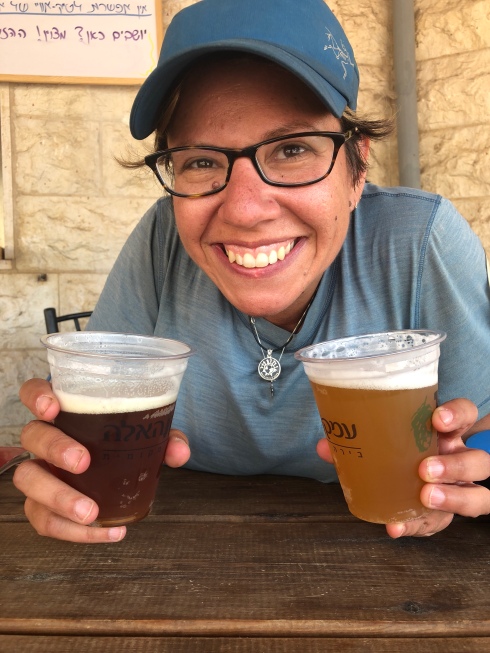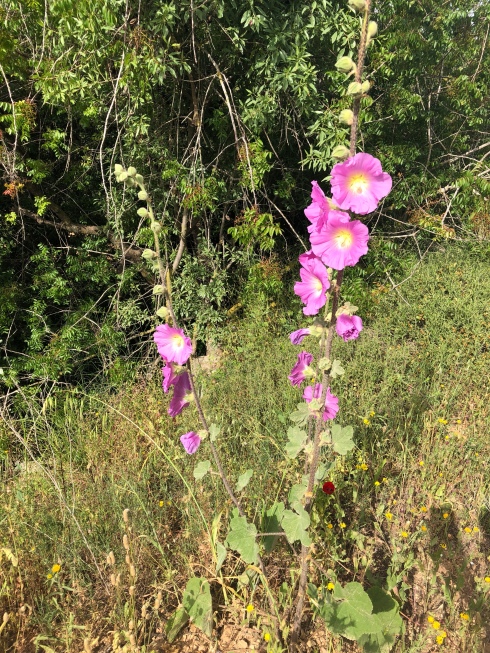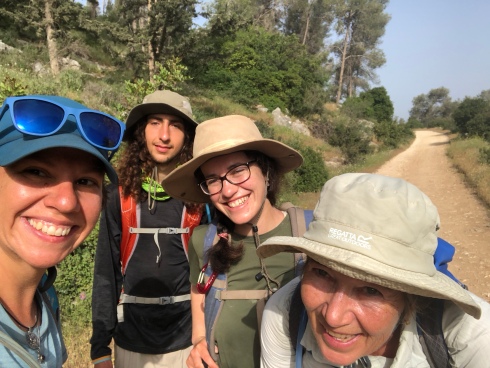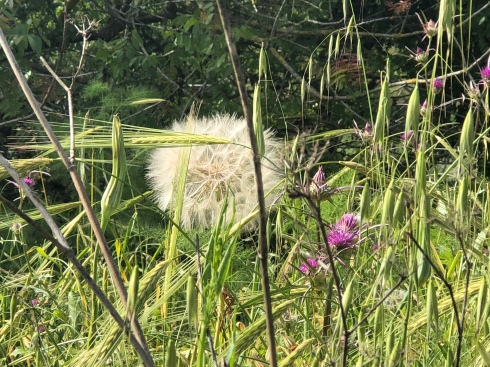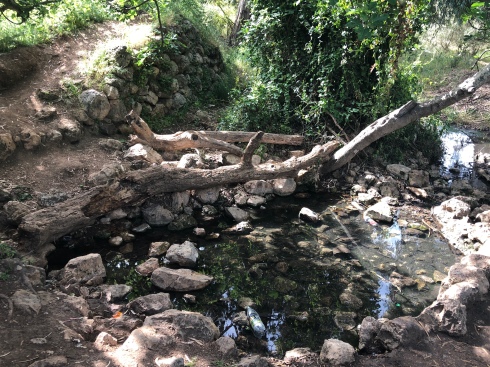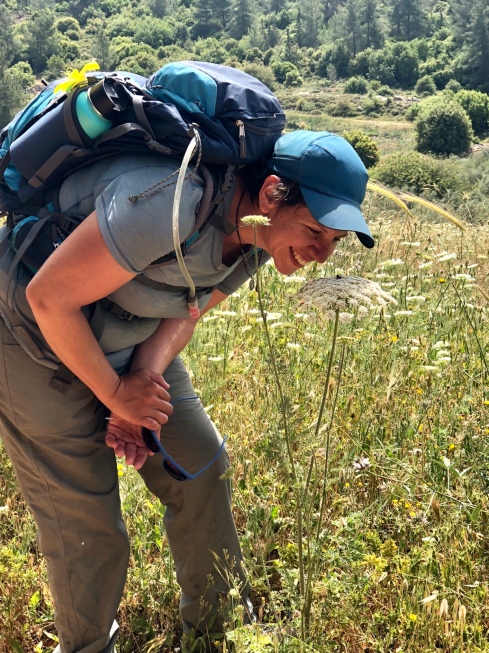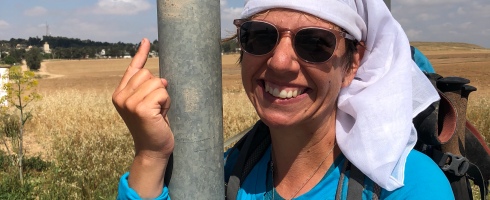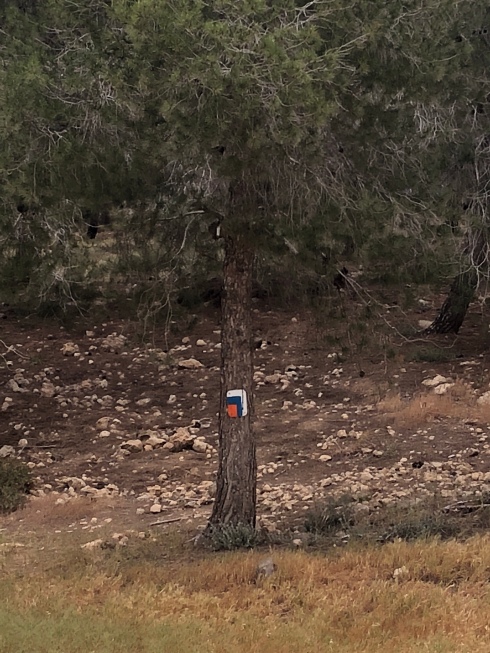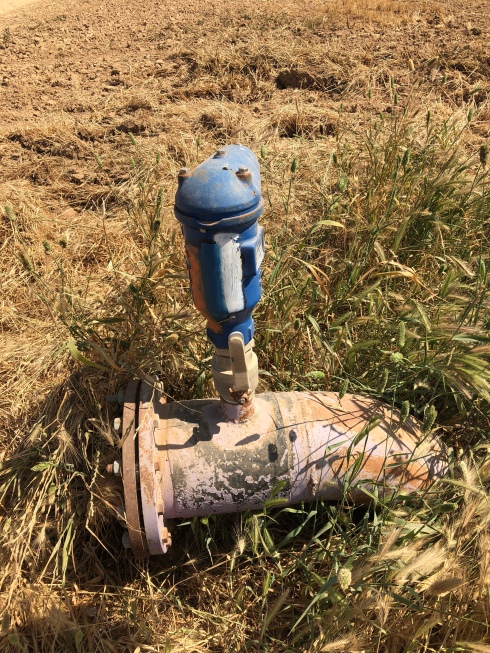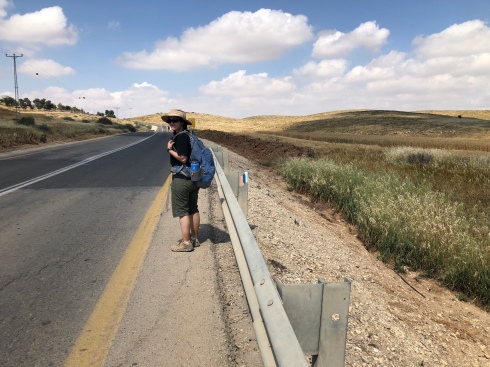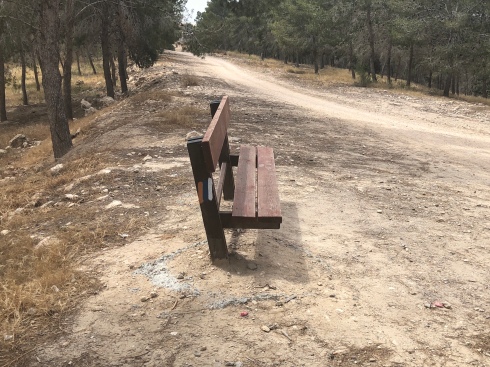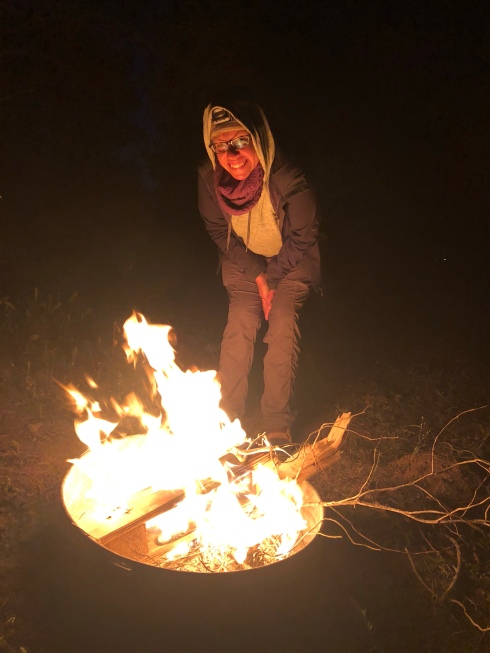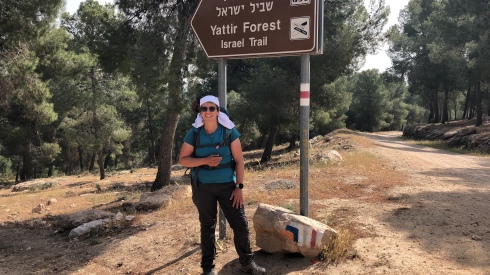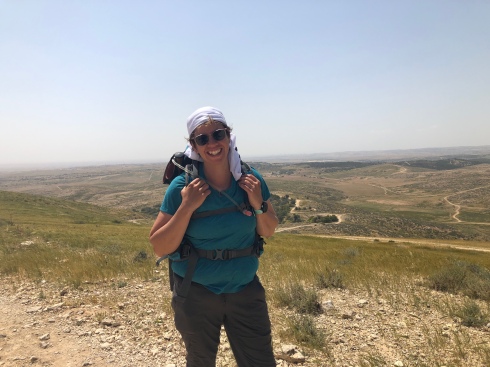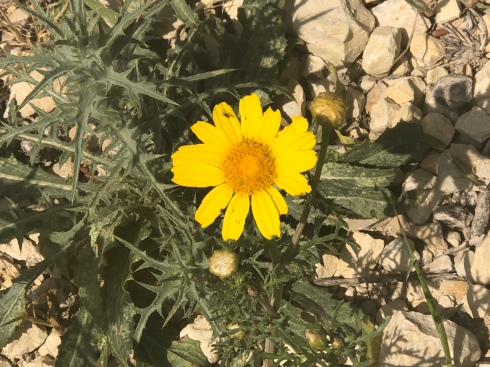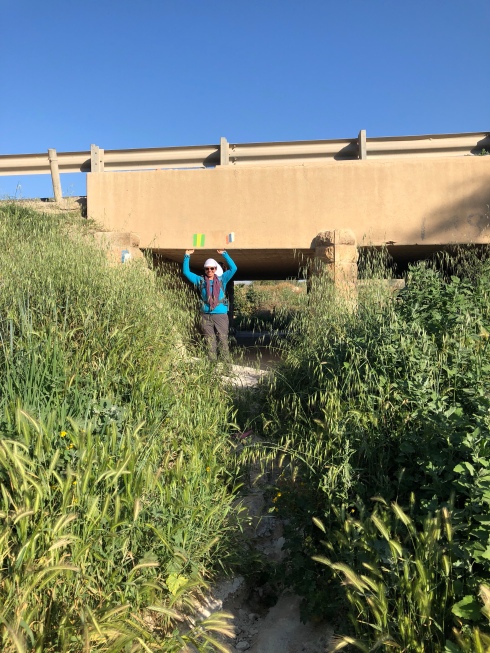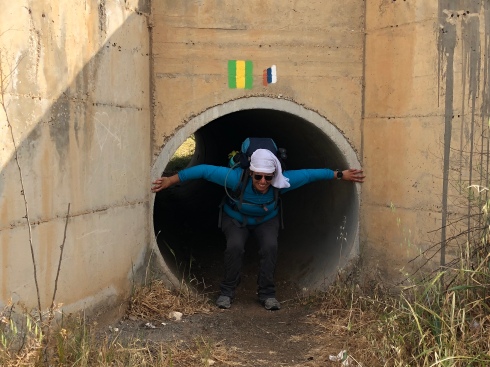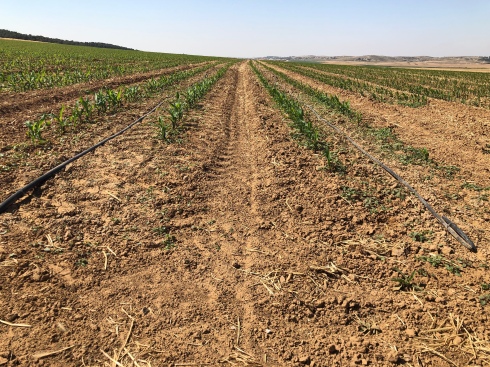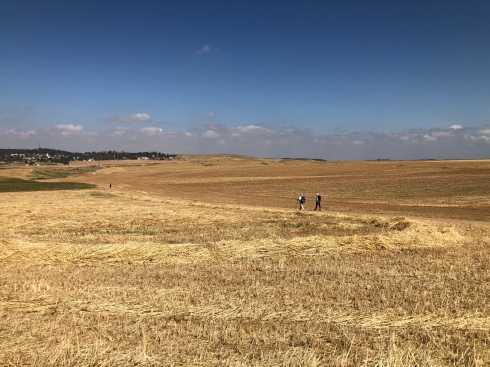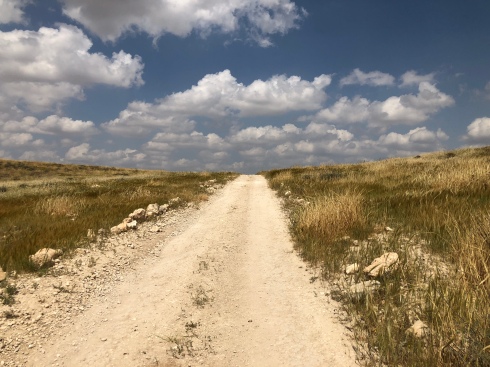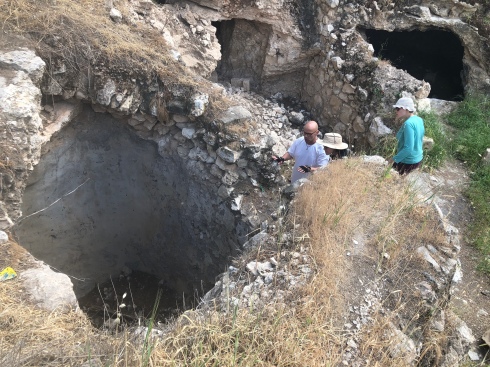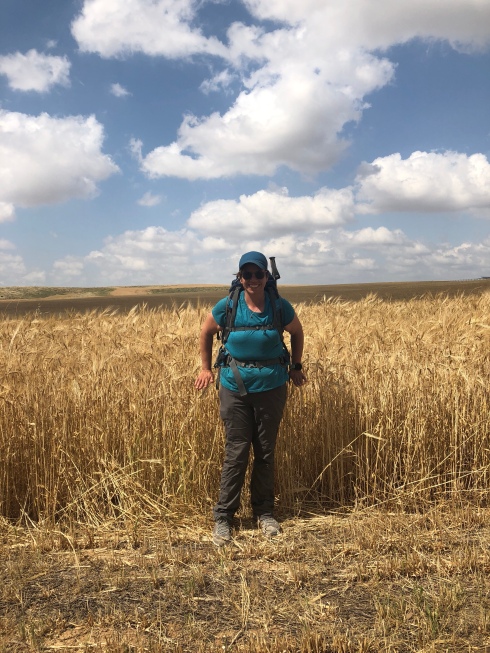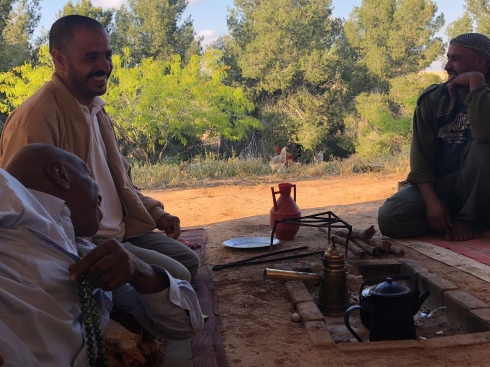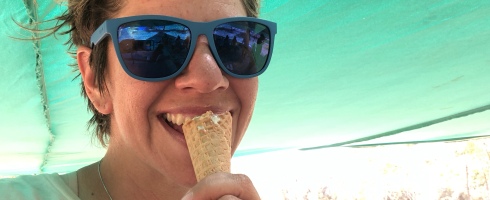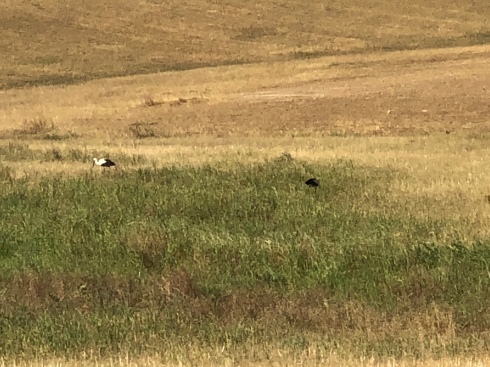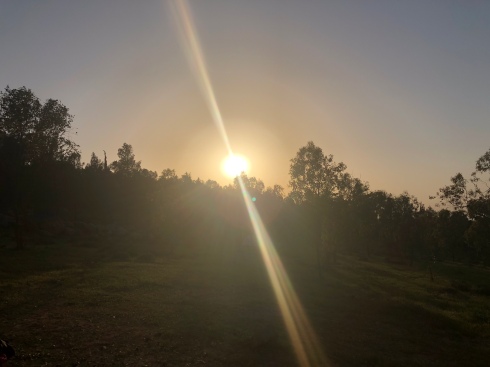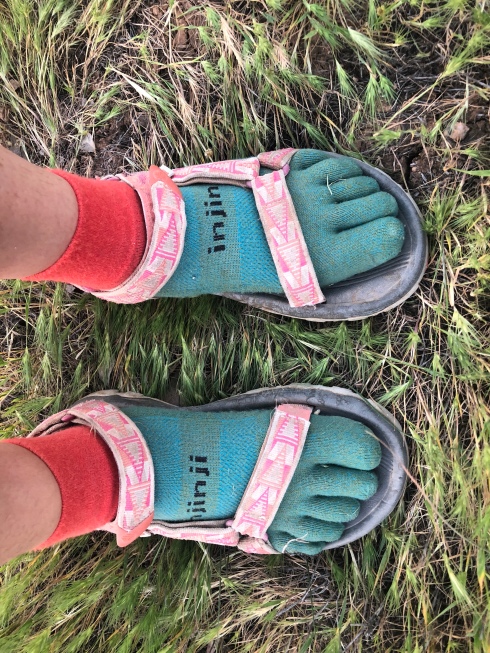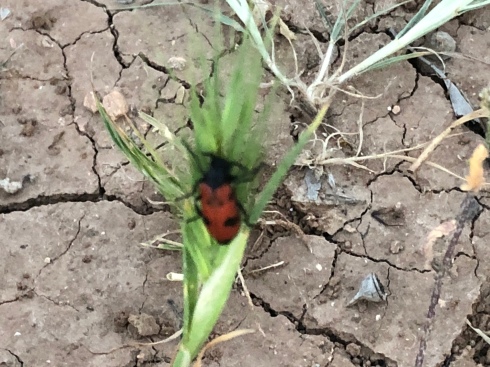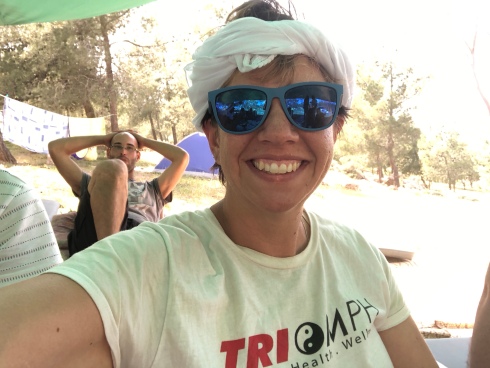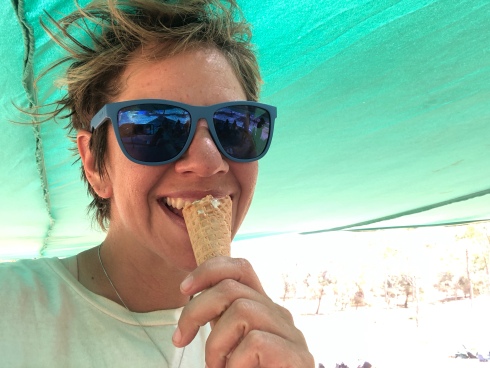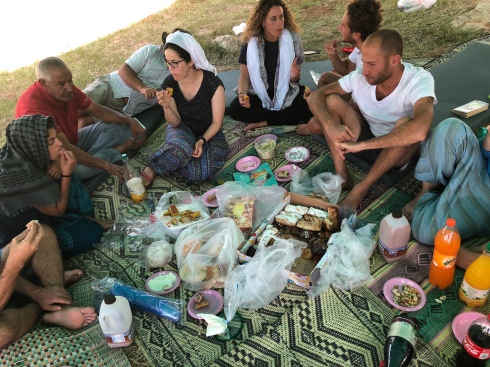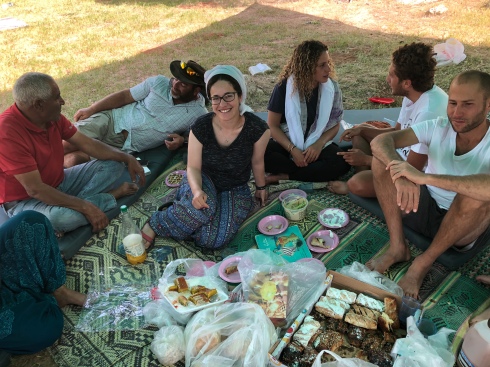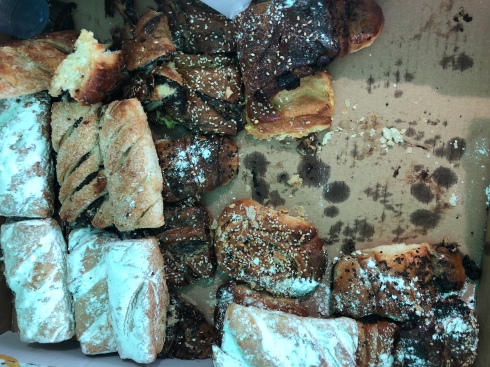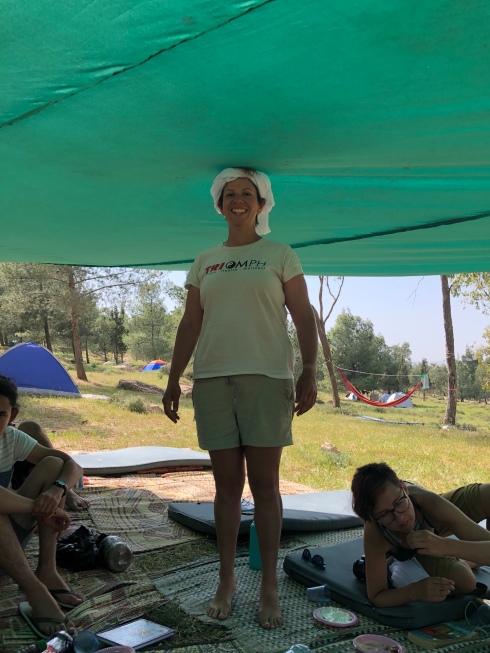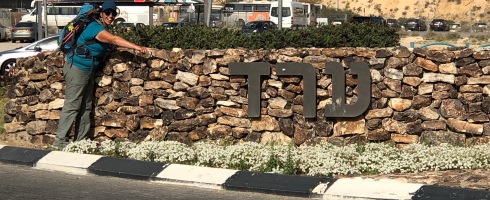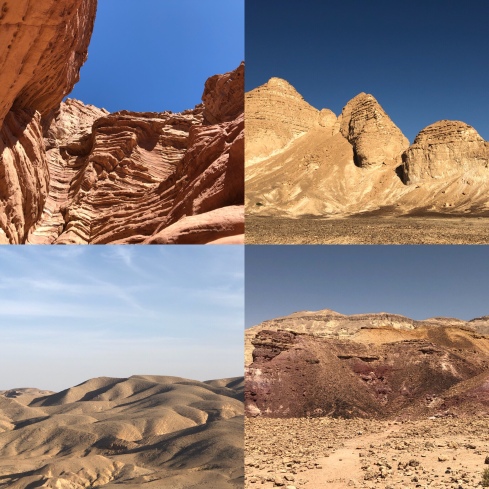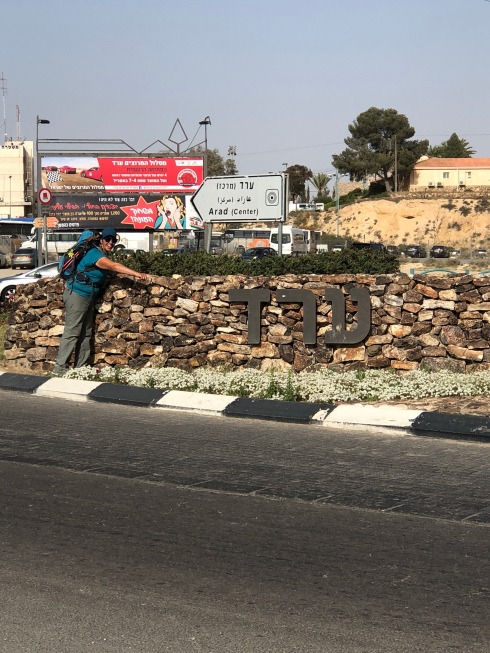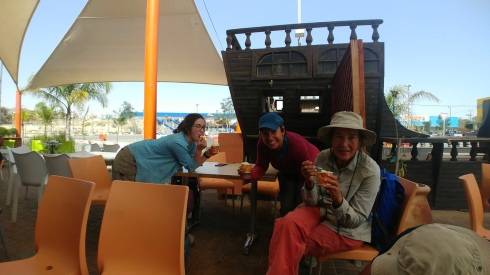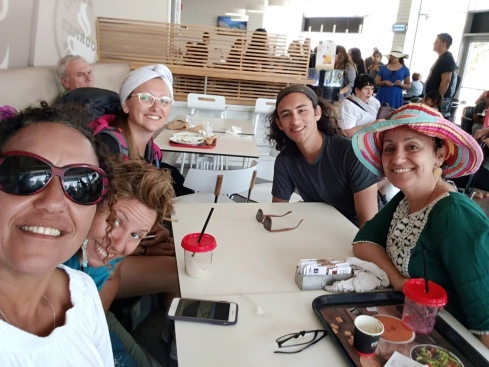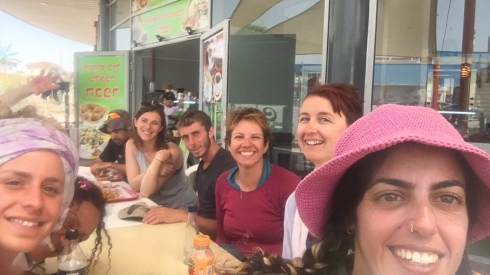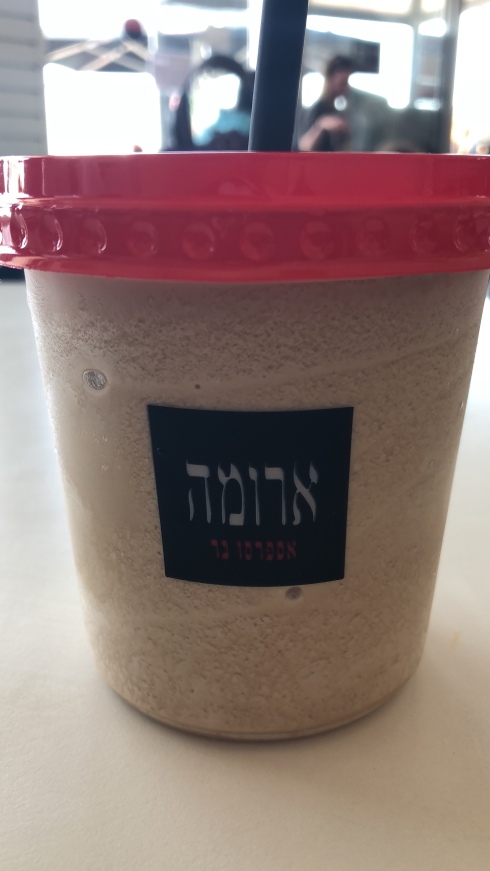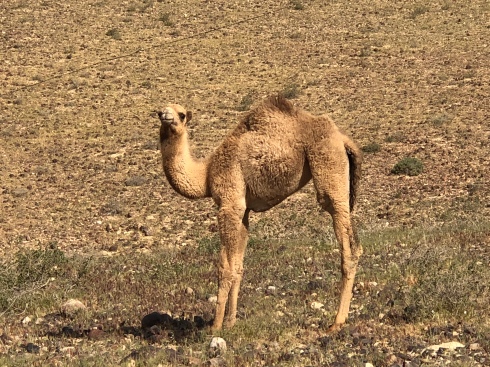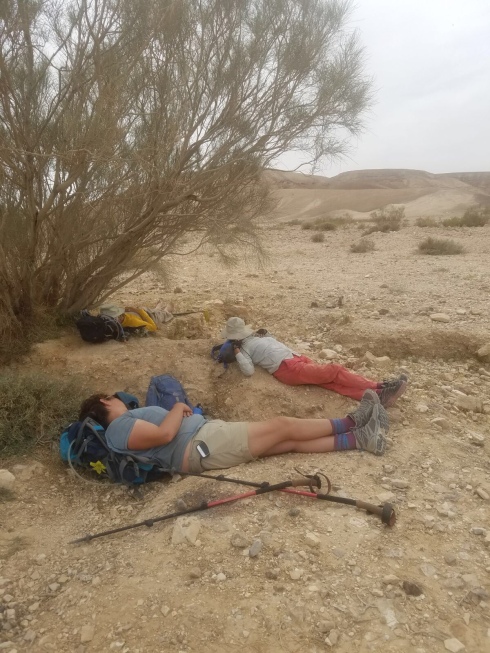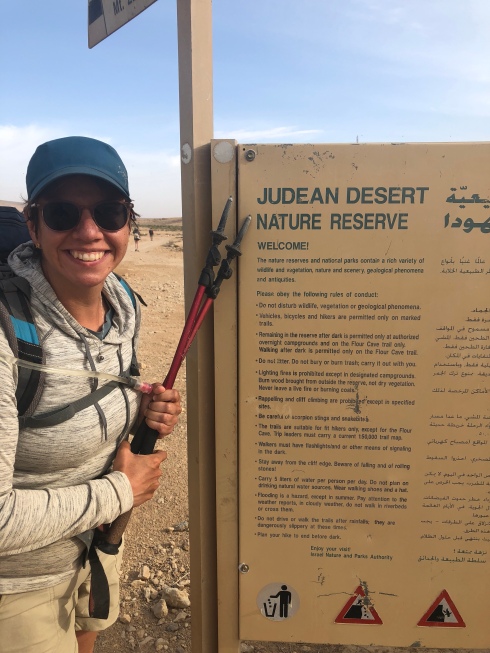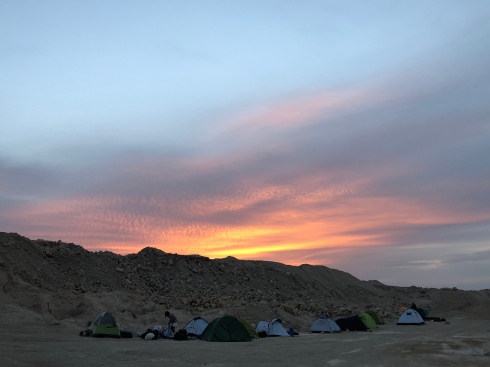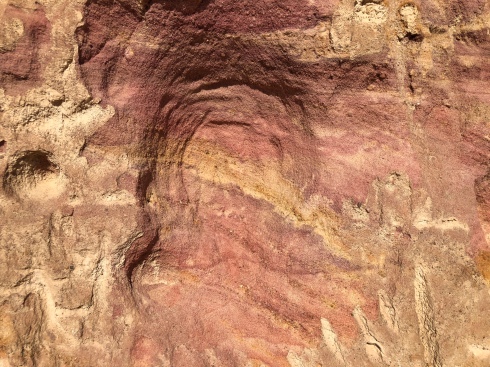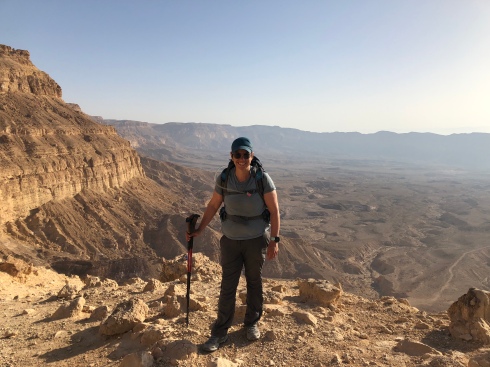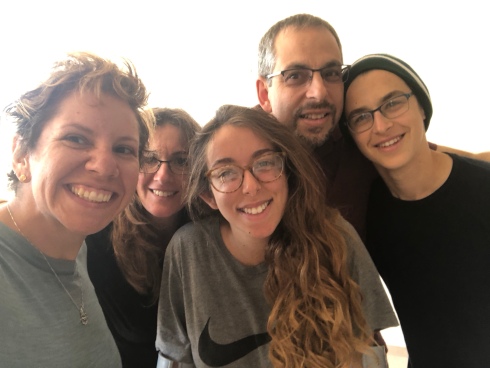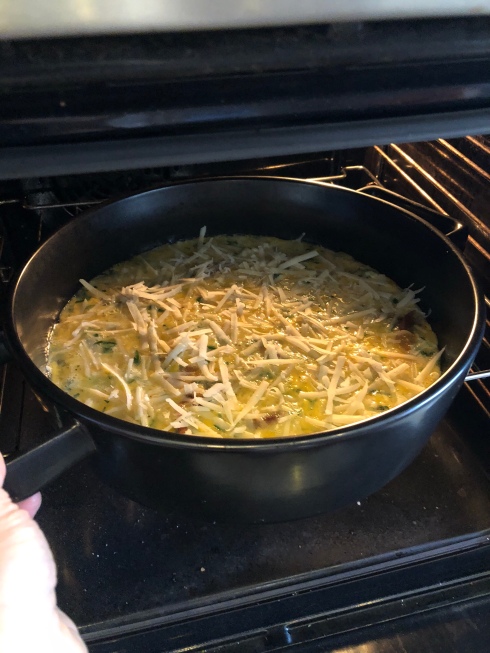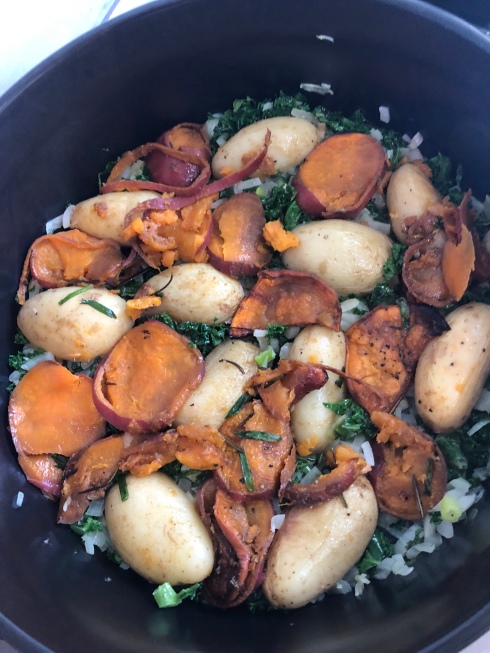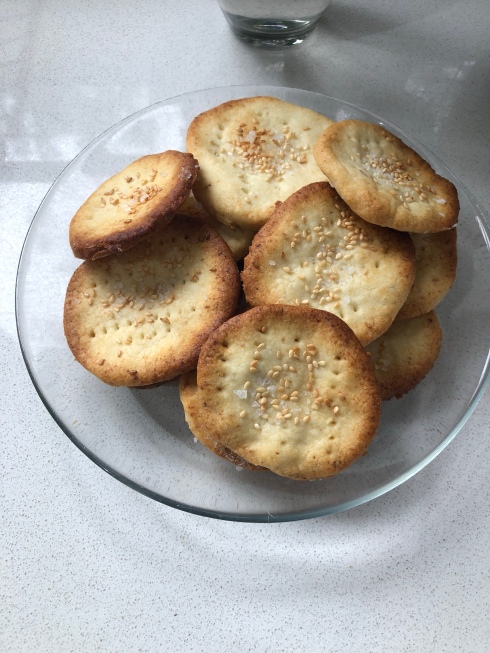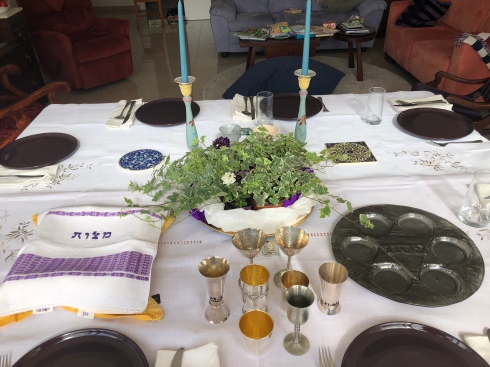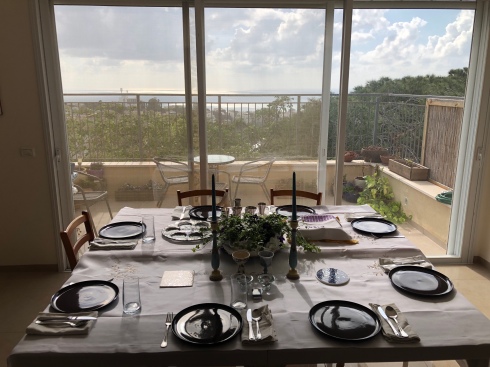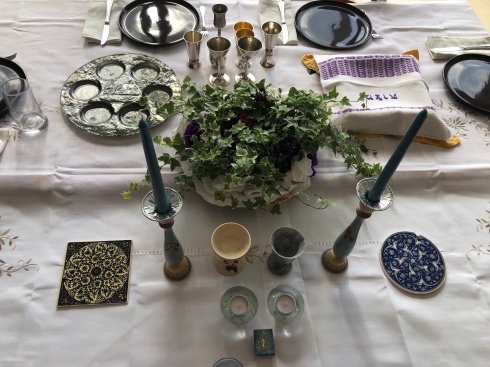Pride Shabbat Sermon 2018
During my teenage years, the smells of a chicken boiling, silverware and dishes clanking, and my Mom singing in the kitchen were my wake up calls on the morning before our Passover seder. The preparations during the day often involved a lot of “to dos,” that in my mind now looking back are our family rituals. One of these rituals was the search for all the Passover Haggadahs and my Dad’s messy pile of printed seder supplements.
My Dad always led our seder with a lot of feeling and drama in his voice. Every word he read he believed in. This was his opportunity to teach and preach those words to the people around the table. He really saw and continues to see himself as a part of the sacred drama of the Passover story.
When we would come to the maggid (story) section of our Haggadah, he would dramatically hold up the matza in the matza cover and say these words (with feeling), Ha lachma anya…”This is the bread of affliction that our ancestors ate while in Egypt.” His teenage daughter, me, would often roll her eyes at his dramatics. Embarrassed and wishing for a life filled with joy and cheerfulness I wondered, why did the Passover seder have to start out with such a downer? And why did my Dad have to emphasize it?
Why do we begin the story of our exodus this way? Why not start on a better note? Our rabbinic tradition prescribes that the telling of the Exodus from Egypt should present a contrast: beginning with disgrace or lowly status and ending with glory and pride. This tradition has been a constant from antiquity until today. As adults, this narrative arc probably resonates. How many times in our own lives have we moved from a place of despair and loneliness to a place of joy and pride? This motif for better or worse often strengthens us and allows us to feel gratitude and compassion for our journeys.
So, I stand here this evening thinking about my teenage self at those Passover seders. In a place in my life, where I was lonely and filled with despair. I felt fearful, enslaved to anxiety, and the icky feeling of feeling different. I couldn’t see the pride. Perhaps, that’s why I hated that Passover started in such a heavy place. It mirrored how I was feeling.
In 1994, when I first started high school I realized something wasn’t right…or at least that’s how I saw it. I tried to make myself believe that I liked boys, but the truth of the matter was everytime I said I liked a particular guy to friends at school my mind was preoccupied with a girl. I couldn’t quite figure out… Was this just high school infatuation? Or something else?…something I assumed wasn’t normal.
My freshman year I became friends with a girl who was “out.” And now that I think back on it….how brave! I was glad to be friends with her and also hated being friends with her. Typical teenager. I was glad because perhaps she could help me figure out what was going on with myself and I hated her because, what if I was like her. One thing I learned about her seemed to help me feel better. She told me her uncle was gay. And my uncle was gay. And so thinking that being gay was genetic made me feel better. If being gay was genetic, then I really couldn’t control how I felt because I was born this way. I want to tell you about my uncle…
My Uncle Russell had the most amazing laugh. If I think really hard I can still hear it in my head. He also wore a bolo tie to my Bat Mitzvah. And I had never seen a bolo tie and I thought how brave to wear a bolo tie to very conservative and a bit vanilla Westport, CT Bat Mitzvah. My uncle had longish dirty blond hair and a mustache and lived in San Francisco. He was a graphic designer and an artist. He made beautiful pillows with crazy cool and eccentric fabrics. He was the youngest of the three Lerner children…my Mom, my Aunt, and then my Uncle Russell and he always seemed to carry that sweet babyface third child energy whenever he was with the family.
In Chicago, in 1983, soon after my sister was born, my Uncle asked my Mom to drive him to the airport. He was going to San Francisco and it seemed that he was not coming back. He told my Mom not to tell my grandparents. My Mom was devastated that her brother was leaving Chicago, their childhood home, where they had grown up and where all our family was living. Though she also knew it was probably good for him to move.
He couldn’t be openly gay in Chicago and San Francisco was the place to be to live a free and open gay life. As my Mom has put it, “He was sowing his wild oats in the San Francisco community. If you wanted to be out and feel safe than you went to Castro street and went to bars and met people.” My Uncle’s first boyfriend that my Mom knew about was Jim. Though no one would admit it, including my uncle. Jim was his “roommate.” He later than met his life-partner Steven. He never officially came out to my Mom. My Mom outed him to her. She told him she knew what was going on. My Mom’s best friend was gay and as a result my Uncle saw my Mom as a part of the extended gay family. He knew she was ok with who he was, so why did he have to come out to her? My grandparents though were another story. He didn’t come out to them until 1990, when he was diagnosed with AIDS.
He was still living with the disease in 1994 when I started struggling with my sexuality. I thought a lot about coming out to him or at least telling him what I was struggling with so I would feel less alone, but I never felt confident or comfortable enough to do so. I remember going to visit him and Steven during winter vacation of 1994. It was my first time in San Francisco and really seeing gay people living their lives. I remember sneaking into my uncle’s bedroom and seeing a tape with the Indigo Girls on it. My Mom and I learned about the Indigo Girls from him. A long lasting gift from my Uncle Russell because those Indigo Girls became the soundtrack to my life. They comforted me as I struggled with trying to figure out my identity. They were role models for me because they were both gay, out, and living lives that appeared to be “normal.”
Even though I saw my uncle living a “normal” life in San Francisco, everything was the opposite of normal. He was sick. He had pill bottles all over his house. My Mom and him spent most of their time together talking about new treatments they were hearing about. When he came to visit us in Connecticut one of my sister’s friends wouldn’t come over while he was there because he had AIDS. (And get this her parents were both doctors!) Even I nervously wondered if I could catch AIDS from him. Even though it was clear at this point AIDS was passed through bodily fluids I still naively worried. None of this was normal.
During the first week of June in 1996 my Uncle came to Westport for my sister’s Bat Mitzvah. He was incredibly skinny and weak. He couldn’t come up to the bima for an aliya. My Mom took him to New York City and he insisted on going to the fabric district to buy tons and tons of cool fabrics as if he had years left of his life to sew and make things out of what he bought. My Mom believes this is what kept him alive for so long. He never thought he was actually going to die.
A month later in July of ‘96 he died. I was in Israel for the very first time with NFTY. My counselors broke the news to me. My group held a memorial service for him even though none of them knew him and they hardly knew me. I went to the kotel with one of my counselors and I prayed for the very first time at the wall. I can’t remember exactly what my prayers were, but I can imagine I prayed for strength, clarity, and ease and comfort for my Uncle and my family. I never got to tell my Uncle I was gay. He never got to meet my partner Michelle whom I know he would love. A few years ago, she got to meet his partner Steven. They got along so well.
We now recite an 11th plague at our seder. And that is the plague of AIDS. A plague which could have been stopped sooner than it was, if this country hadn’t been filled with rampant homophobia. In particular, homophobic elected officials in the 1980s. Perhaps lives could have been saved. Perhaps, my Uncle or my Mom’s best friend Brian could still be alive today. When I look back on my coming out story and when I think about my Uncle’s coming out story…Before there could be pride…there was struggle, there was pain, and there was hardship.
Now it’s 2018. And we have marriage equality. And I am an out lesbian rabbi on this bima celebrating pride shabbat with all of you. I pray my Uncle has gotten to catch a glimpse of all of this from a realm beyond this world. It is his shoulders on whom I stand tonight. It is the pain of his generation and generations of LGBTQ folks before me that without their suffering we couldn’t all experience pride.
So how do we ensure pride for future generations? How can we support those coming out today so they can be proud in 25 years from now? First fo starters, let’s take a hard look at how we understand the word “normal.” In many ways, I wish we could eliminate this word from our lexicon. I can imagine that all of us in this room at some point or another have felt abnormal or haven’t fit into the norm. Acknowledging this, might lead to thinking harder about how each one of us reacts to difference. Can we do better at seeing beyond “normal” frameworks?
Using queer theory can assist us in that endeavor. When something is being “queered” (as a verb) it usually means deconstructing a social construct that is dictating normalcy. Its attempting to debunk how we have come to understand what is natural and unnatural. We ask the question, “Why does it have to be that ONE way?” So I invite you all this evening to try and be mindful through a queer lens. Deconstruct what you think is normal particularly when it comes to gender and sex. Take a look at the spaces you inhabit and the relationships you have…how do you reinforce society’s concept of what is normal and how can you choose to act differently? How can you break open the proverbial “boxes” that keep us closed up into categories?
Here in our congregation how can we walk the walk when it comes to being an open and welcoming synagogue? Imagine walking down to the lower level to use the restroom and seeing a sign that says “all gender” bathrooms. Think about the welcoming message this would send to transgender and queer folks who are in our building. What if we had a rainbow flag or a rainbow sticker up all year round instead of just in June? Imagine how inviting it might feel to anyone who identifies as LGBTQ to see a rainbow flag as they are wondering if BHS could be a home for them. I know how happy and invited it makes me to see that symbol when I am out and about.
We should also try and rid ourselves of notions of “normalcy” when it comes to Jewish practice. Jews love minhag…we love tradition, but what aspects of our tradition actually keep us stuck in binaries or in heteronormativity? Every Friday night we are suppose to bless our children separated by gender and the blessing teaches that our boys should be like boys and our girls should be like girls. We say for boys may you be life Menashe and Eprahim (Joseph’s sons). And girls be like Sarah, Rebecca, Rachel, and Leah. Perhaps we need to expand or change this. I imagine we want to bless our children with qualities we want them to possess, such as kindness, good health, happiness, etc. These are human desires that have nothing to do with gender.
I could probably go on and on. And maybe you have ideas now too. Let’s talk! And let’s really talk. As the more we do, the more we train our minds to think outside of the box. A box that only exists, because we decided it does.
I want to go back now to that smell of chicken soup and matza balls. To that phrase from the beginning of the maggid section of our passover haggadah…”This is the bread of affliction which our ancestors ate in Egypt. Let all who are hungry come and eat it with us.” Rabbi Lord Jonathan Sacks asks a different question about this verse, than I did at the beginning of this sermon. He wonders, “What kind of hospitality is it to offer the hungry the “bread of affliction”?” He offers this response:
Matza was both food eaten by the Israelites as slaves and it was also the food eaten by the Israelites as they left Egypt in a hurry because they didn’t have time to let the dough rise. So it’s the bread of affliction and also the bread of freedom. When we eat Matza alone, we only taste the suffering. But, when we offer to share the matza with others we can taste something else: the sense of a freer world that God promised us we can create.
Sharing the matza so it takes on a dual meaning, reminds that when we are suffering, reaching out is often a really good first step to getting out of the darkness. During my first week of college I came out to my freshmen year roommate. She was so loving, so kind, so accepting, so understanding…it was the first time I didn’t feel so abnormal because I was gay. And those experiences continued and continued as I came out and as our world got more and more accepting. My personal narrative began to move towards pride and joy.
I pray that kids who are coming out today don’t know those feelings of abnormalcy that I felt. And I pray that our cities, towns, and homes can all be places where LGBTQ folk can live openly and safely. So they don’t have to feel like my Uncle did…having to choose between his family and being an out gay man. And I pray that we can all open up the boxes we find ourselves in or the boxes we put others in. And look through that opening and beyond, and break free from the narrowness of being enclosed.
Shabbat Shalom.
